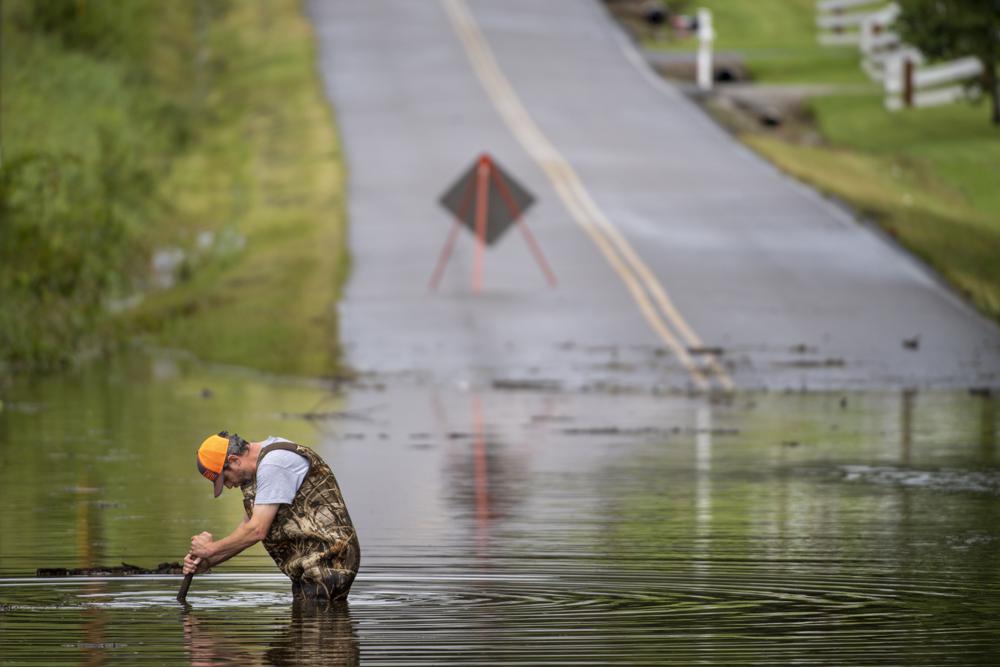The Unnecessariat and the epidemic of suicides and overdoses in the U.S.

By Anne Amnesia
10 May 2016
(More Crows Than Eagles) – […] See any overlap? I do.
AIDS generated a response. Groups like GMHC and ACT-UP screamed against the dying of the light, almost before it was clear how much darkness was descending, but the gay men’s community in the 1970’s and 80’s was an actual community. They had bars, bathhouses, bookstores. They had landlords and carpools and support groups. They had urban meccas and rural oases. The word “community” is much abused now, used in journo-speak to mean “a group of people with one salient characteristic in common” like “banking community” or “jet-ski riding community” but the gay community at the time was the real deal: a dense network of reciprocal social and personal obligations and friendships, with second- and even third-degree connections given substantial heft. If you want a quick shorthand, your community is the set of people you could plausibly ask to watch your cat for a week, and the people they would in turn ask to come by and change the litterbox on the day they had to work late. There’s nothing like that for addicts, nor suicides, not now and not in the past, and in fact that’s part of the phenomenon I want to talk about here. This is a despair that sticks when there’s no-one around who cares about you.
It’s no secret that I live right smack in the middle of all this, in the rusted-out part of the American Midwest. My county is on both maps: rural, broke, disconsolated. Before it was heroin it was oxycontin, and before it was oxycontin it was meth. Death, and overdose death in particular, are how things go here.
I spent several months occasionally sitting in with the Medical Examiner and the working humor was, predictably, quite dark. A typical day would include three overdoses, one infant suffocated by an intoxicated parent sleeping on top of them, one suicide, and one other autopsy that could be anything from a tree-felling accident to a car wreck (this distribution reflects that not all bodies are autopsied, obviously.) You start to long for the car wrecks.
The workers would tell jokes. To get these jokes you have to know that toxicology results take weeks to come back, but autopsies are typically done within a few days of death, so generally the coroners don’t know what drugs are on board when they cut up a body. First joke: any body with more than two tattoos is an opiate overdose (tattoos are virtually universal in the rural Midwest). Second joke: the student residents will never recognize a normal lung (opiates kill by stopping the brain’s signal to breathe; the result is that fluid backs up in the lungs creating a distinctive soggy mess, also seen when brain signaling is interrupted by other causes, like a broken neck). Another joke: any obituary under fifty years and under fifty words is drug overdose or suicide. Are you laughing yet?
And yet this isn’t seen as a crisis, except by statisticians and public health workers. Unlike the AIDS crisis, there’s no sense of oppressive doom over everyone. There is no overdose-death art. There are no musicals. There’s no community, rising up in anger, demanding someone bear witness to their grief. There’s no sympathy at all. The term of art in my part of the world is “dirtybutts.” Who cares? Let the dirtybutts die. [more]



My mom was a very successful attorney and shot herself at 50.Folks needing support need to create those networks.